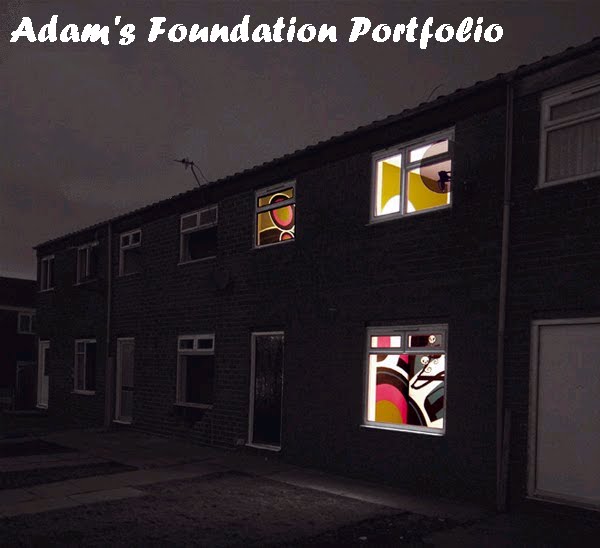Long shot - In film, a view of a scene that is shot from a considerable distance, so that people appear as indistinct shapes. An extreme long shot is a view from an even greater distance, in which people appear as small dots in the landscape if at all (eg. a shot of New York's skyline).
Medium shot - view between long shot and close-up: a filmed view, midway between long shot and close-up, that shows a standing person from the waist up or the full body of a sitting person
Close up - A photograph or a film or television shot in which the subject is tightly framed and shown at a relatively large scale
Shot reverse shot (or shot/countershot) is a film technique wherein one character is shown looking at another character (often off-screen), and then the other character is shown looking "back" at the first character. Since the characters are shown facing in opposite directions, the viewer assumes that they are looking at each other.
High angle shots -In film, a high angle shot is usually when the camera is located high. With this type of angle, the camera looks down on the subject and the point of focus often get "swallowed up" by the setting
low-angle shot, is a shot from a camera positioned low on the vertical axis, often at knee height, looking up.
tracking shot - A movie shot made by a camera moving steadily on a track or dolly.
pan - To move a movie or television camera to follow an object or create a panoramic effect
Tilting is a cinematographic technique in which the camera is stationary and rotates in a vertical plane (or tilting plane). A rotation in a horizontal plane is known as panning. Tilting the camera results in a motion similar to someone nodding their head "yes" or to an aircraft performing a pitch rotation.
Continuity - consistency in the details from one part of a film or broadcast to another
montage - a style of film-making that makes extensive use of cuts, camera movements, and changes of camera position, particularly to set up new meanings not conveyed by the filmed action itself
transitions - the changing of one image to another
cross cutting/parallel editing - Cross-cutting is an editing technique most often used in films to establish action occurring at the same time in two different locations. In a cross-cut, the camera will cut away from one action to another action, which can suggest the simultaneity of these two actions but this is not always the case.
In film editing, a dissolve is a gradual transition from one image to another. In film, this effect is created by controlled double exposure from frame to frame; transiting from the end of one clip to the beginning of another.
In film editing, a wipe is a gradual spatial transition from one image to another. One image is replaced by another with a distinct edge that forms a shape. A simple edge, an expanding circle, or the turning of a page are all examples.
Subscribe to:
Post Comments (Atom)



No comments:
Post a Comment